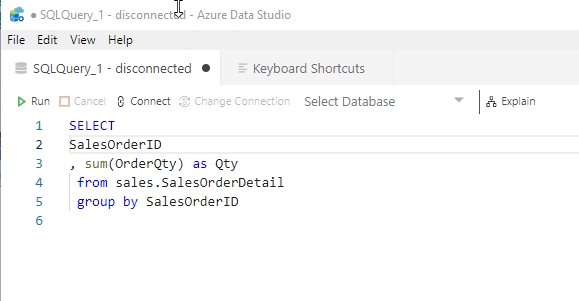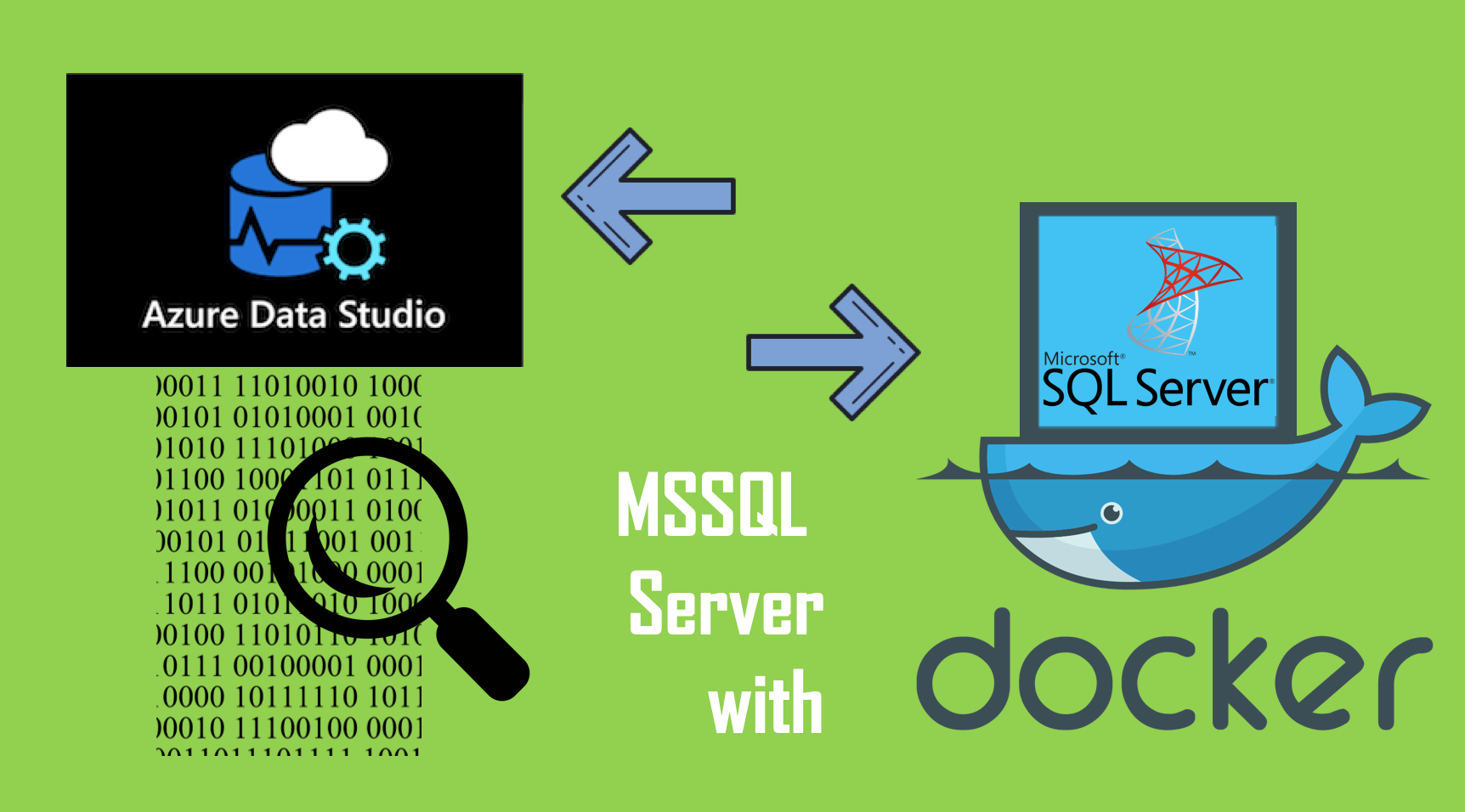

- #ACCESSING SQL PROMPT FROM AZURE DATA STUDIO SOFTWARE#
- #ACCESSING SQL PROMPT FROM AZURE DATA STUDIO CODE#
- #ACCESSING SQL PROMPT FROM AZURE DATA STUDIO LICENSE#
In the New Server section, provide the following details: To create a new SQL Server, click Create New: In the Database name field, set the appropriate name for your database. Provide the desired resource group name and click OK. To create a new resource group, click Create New. In this demonstration, I have chosen the Pay-As-You-Go subscription.

In the next SQL Databases screen, click Create SQL Database:

On the welcome screen, click SQL databases: To create a new Azure SQL Server instance, log in to the Azure portal with your credentials. Create an Azure SQL Server instance and a database Create an Azure SQL database using SQL Server Management Studio.Connect to the Azure SQL Server using SQL Server Management Studio.The current article will highlight the following points:

#ACCESSING SQL PROMPT FROM AZURE DATA STUDIO LICENSE#
Besides, the Azure license model is flexible, which helps to reduce the infrastructure costs.
#ACCESSING SQL PROMPT FROM AZURE DATA STUDIO SOFTWARE#
It provides the Software as Service (SaaS), Platform as Service (PaaS), and Infrastructure as a Service (IaaS), and supports different database servers, programming languages, and tools.Īzure allows creating databases on various database server platforms, both open source and paid. As a result, more than 100,000 companies use products in the Redgate SQL Toolbelt, including 91% of those in the Fortune 100.Microsoft Azure is a cloud computing service for building, testing, deploying, and managing applications through the Microsoft data centers. Redgate's philosophy is to design highly usable, reliable tools which elegantly solve the problems developers and DBAs face every day, and help them to adopt database DevOps. Redgate makes ingeniously simple software used by 804,745 IT professionals, and counting, and is the leading Microsoft SQL Server tools vendor. The arguments will probably continue, but the delays with working with SQL won’t.” Jamie Wallis, Redgate Product Marketing Manager, concludes: “SQL Prompt v8 means that while people can still argue about the best way of writing SQL, they can now format it in one click to their preferred style, work on it, and then return it to the original style if needed.
#ACCESSING SQL PROMPT FROM AZURE DATA STUDIO CODE#
Being able to format that code in one click to meet the demands and needs of different projects just saves me hours of effort.” NET developer, but occasionally I write SQL code. NET applications that use a SQL Server back-end, is enthusiastic about the new feature. SQL Prompt v8 removes that barrier by giving developers and DBAs the welcome option to choose their preferred style in, literally, one click. As a direct consequence, developers often have to work with code that – for them – is difficult to read and understand, which slows work down and can introduce errors into the code. This in turn leads to database developers and Database Administrators (DBAs) having many different coding rules and styles. Opinions vary wildly on capitalization, how objects are referenced, spacing and aligning, text coloring, and even commas and semi-colons. The need for the formatting feature, which has been one of the most widely requested improvements to SQL Prompt, is a reflection of the ongoing debate on how T-SQL code should be used in SQL Server environments. That makes sharing it, rewriting it, and developing it further incredibly simple.” Now, rather than having the code written in a myriad of different ways, it can all be formatted in one style in one click. “As companies move towards a DevOps style of working, we’re seeing the responsibility for developing databases using SQL code spread across teams and between teams. “This may not sound important but it’s a huge step,” says Grant Fritchey, Microsoft Data Platform MVP. The new formatting engine in SQL Prompt v8 lets users create, share and save multiple code formatting styles, switch effortlessly between them, and try out new styles created by others in either SSMS or VS.


 0 kommentar(er)
0 kommentar(er)
